Indoor Window Plants: A Comprehensive Guide
Introduction
Indoor window plants are a delightful way to bring nature inside, enhance your home decor, and improve air quality. The sight of vibrant green leaves and the occasional splash of colorful flowers can uplift your mood and create a serene ambiance in your living space. This comprehensive guide will explore the benefits of indoor window plants, the best plants to grow, care tips, and how to troubleshoot common problems.
Benefits of Indoor Window Plants
1. Improved Air Quality
Indoor plants are natural air purifiers. They absorb carbon dioxide and release oxygen through photosynthesis. Additionally, some plants can filter out harmful toxins like formaldehyde, benzene, and trichloroethylene, commonly found in household products. This makes your indoor environment healthier and fresher.
2. Enhanced Mental Health
The presence of plants can significantly impact your mental well-being. Studies have shown that indoor plants can reduce stress, anxiety, and depression. The act of nurturing plants can be therapeutic, providing a sense of purpose and accomplishment.
3. Increased Humidity
Indoor plants release moisture into the air through a process called transpiration. This can help increase humidity levels, which is particularly beneficial in dry climates or during winter when indoor heating can cause the air to become too dry. Higher humidity levels can improve respiratory health and prevent dry skin.
4. Aesthetic Appeal
Plants add a touch of natural beauty to any space. They can be used to complement your interior design, create focal points, or even serve as living art pieces. The variety of shapes, sizes, and colors available allows for endless creativity in decorating with plants.
5. Educational Opportunities
Caring for indoor plants can be a great educational experience, especially for children. It teaches responsibility, patience, and an understanding of biology and ecology. Watching a plant grow from a seedling to a mature plant can be a rewarding experience for people of all ages.
Best Indoor Window Plants
1. Spider Plant (Chlorophytum comosum)
Spider plants are known for their long, arching leaves and small white flowers. They are highly adaptable and thrive in bright, indirect light. Spider plants are also excellent air purifiers, making them a popular choice for indoor spaces.
2. Pothos (Epipremnum aureum)
Pothos, also known as Devil’s Ivy, is a hardy plant that can tolerate low light conditions. It has heart-shaped leaves that come in various shades of green and variegated patterns. Pothos is easy to care for and can be grown in water or soil.
3. Peace Lily (Spathiphyllum)
Peace lilies are elegant plants with dark green leaves and white, sail-like flowers. They prefer low to medium light and high humidity. Peace lilies are effective at removing toxins from the air and are relatively low-maintenance.
4. Snake Plant (Sansevieria trifasciata)
Snake plants, also known as Mother-in-Law’s Tongue, have stiff, upright leaves with yellow or white edges. They are incredibly resilient and can thrive in low light and neglect. Snake plants are great for improving indoor air quality.
5. Fiddle Leaf Fig (Ficus lyrata)
Fiddle leaf figs are popular for their large, glossy leaves and sculptural appearance. They require bright, indirect light and consistent watering. While they can be a bit finicky, their striking presence makes them worth the effort.
6. Aloe Vera (Aloe barbadensis miller)
Aloe vera is a succulent known for its medicinal properties. It has thick, fleshy leaves filled with a gel used for treating burns and skin irritations. Aloe vera prefers bright, indirect light and well-draining soil.
7. English Ivy (Hedera helix)
English ivy is a versatile plant that can be grown in hanging baskets or as a climbing vine. It thrives in bright, indirect light and requires regular watering. English ivy is also effective at filtering indoor air pollutants.
8. ZZ Plant (Zamioculcas zamiifolia)
ZZ plants have glossy, dark green leaves and are known for their low maintenance requirements. They can tolerate low light and infrequent watering, making them ideal for busy individuals or those new to plant care.
9. Boston Fern (Nephrolepis exaltata)
Boston ferns have lush, feathery fronds that add a touch of elegance to any room. They prefer bright, indirect light and high humidity. Regular misting and consistent watering are essential for keeping Boston ferns healthy.
10. Jade Plant (Crassula ovata)
Jade plants are succulents with thick, round leaves and a tree-like structure. They require bright light and infrequent watering. Jade plants are considered symbols of good luck and prosperity in many cultures.
Care Tips for Indoor Window Plants
1. Light Requirements
Understanding the light requirements of your plants is crucial for their growth. Most indoor plants prefer bright, indirect light. South-facing windows provide the most light, while east and west-facing windows offer moderate light. North-facing windows have the least light. If your space lacks sufficient natural light, consider using grow lights to supplement.
2. Watering
Overwatering is one of the most common mistakes in plant care. Each plant has specific watering needs, so it’s important to research and understand these requirements. Generally, it’s better to underwater than overwater. Allow the top inch of soil to dry out before watering again. Succulents and cacti need less frequent watering compared to tropical plants.
3. Humidity
Indoor plants, especially tropical varieties, thrive in higher humidity. If your home has dry air, consider using a humidifier or placing a tray of water near your plants to increase humidity. Misting the leaves regularly can also help.
4. Soil and Potting
Using the right soil mix is essential for plant health. Most indoor plants prefer well-draining soil. For succulents and cacti, use a cactus mix, while tropical plants benefit from a rich, organic mix. Ensure that your pots have drainage holes to prevent water from accumulating at the bottom, which can lead to root rot.
5. Fertilizing
Indoor plants need nutrients to grow, but over-fertilizing can be harmful. Use a balanced, water-soluble fertilizer every 4-6 weeks during the growing season (spring and summer). Reduce or stop fertilizing during the dormant period (fall and winter).
6. Pruning and Grooming
Regular pruning helps maintain the shape and size of your plants. Remove dead or yellowing leaves to encourage new growth. For vining plants, trim back leggy growth to promote bushier growth. Cleaning the leaves with a damp cloth removes dust and allows the plant to photosynthesize more effectively.
7. Repotting
As plants grow, they may outgrow their pots. Repotting every 1-2 years ensures that your plants have enough space to grow and access fresh nutrients. Choose a pot that is 1-2 inches larger in diameter than the current one.
Troubleshooting Common Problems
1. Yellowing Leaves
Yellowing leaves can indicate several issues, including overwatering, underwatering, nutrient deficiencies, or pest infestations. Check the soil moisture and adjust your watering schedule accordingly. Ensure your plant is receiving adequate light and consider fertilizing if nutrient deficiency is suspected.
2. Brown Tips
Brown tips on leaves are often caused by low humidity, over-fertilizing, or underwatering. Increase humidity levels, reduce fertilizer application, and ensure consistent watering to prevent this issue.
3. Wilting
Wilting can result from both overwatering and underwatering. Check the soil moisture and adjust your watering habits. Ensure that your pot has proper drainage to prevent waterlogging.
4. Pests
Common pests include spider mites, aphids, and mealybugs. Regularly inspect your plants for signs of pests, such as webbing, sticky residue, or tiny insects. Treat infestations with insecticidal soap, neem oil, or by wiping the leaves with a damp cloth.
5. Leggy Growth
Leggy growth occurs when plants do not receive enough light. Move your plant to a brighter location or supplement with grow lights. Prune back leggy stems to encourage bushier growth.
6. Root Rot
Root rot is caused by overwatering and poor drainage. If you notice a foul smell or blackened roots, remove the affected parts and repot the plant in fresh, well-draining soil. Adjust your watering schedule to prevent recurrence.
Creative Ways to Display Indoor Window Plants
1. Hanging Planters
Hanging planters are a great way to maximize vertical space and create a green curtain effect. They are perfect for trailing plants like pothos, spider plants, and English ivy.
2. Window Shelves
Installing shelves in front of windows allows you to create a multi-tiered plant display. This setup is ideal for smaller plants and succulents, providing them with ample light and space.
3. Macramé Hangers
Macramé hangers add a bohemian touch to your decor and are perfect for suspending plants at varying heights. They work well with a variety of pot sizes and styles.
4. Terrariums
Terrariums are enclosed glass containers that create a mini-ecosystem for plants. They are suitable for small, moisture-loving plants like ferns and mosses. Terrariums can be placed on windowsills or shelves.
5. Window Boxes
Window boxes allow you to grow a variety of plants in a confined space. They are particularly useful for herbs and small flowering plants. Ensure that the window box is securely fastened and has proper drainage.
6. Plant Stands
Plant stands come in various shapes and sizes, allowing you to create a tiered display of plants. They are ideal for larger plants like fiddle leaf figs and peace lilies.
Conclusion
Indoor window plants offer numerous benefits, from improving air quality and mental health to adding aesthetic appeal to your home. With the right selection of plants and proper care, you can create a lush, green sanctuary in your living space. Whether you are a seasoned plant enthusiast or a beginner, there is a perfect plant for every window and every level of expertise. Embrace the joy of indoor gardening and transform your home into a vibrant, thriving oasis.


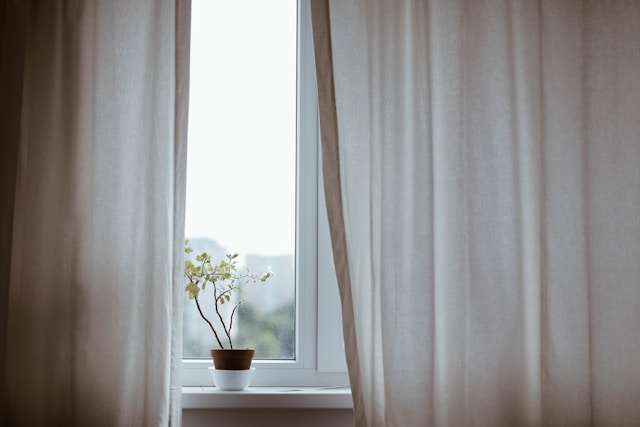
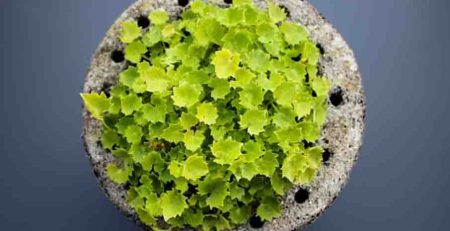

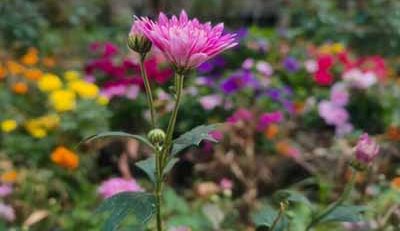

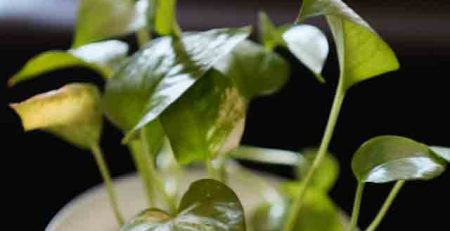
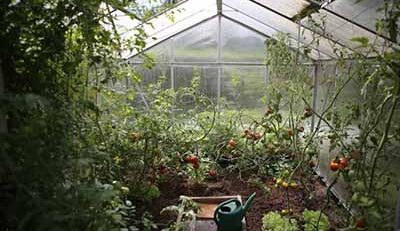
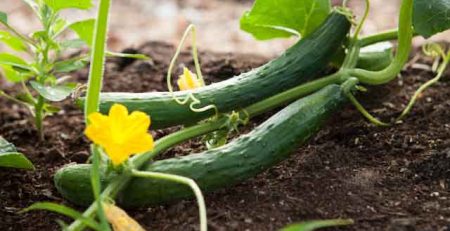

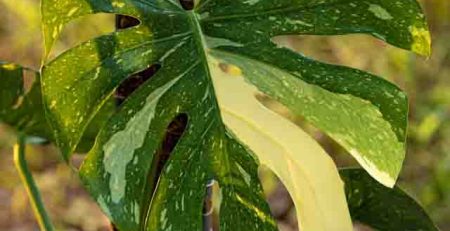

Leave a Reply